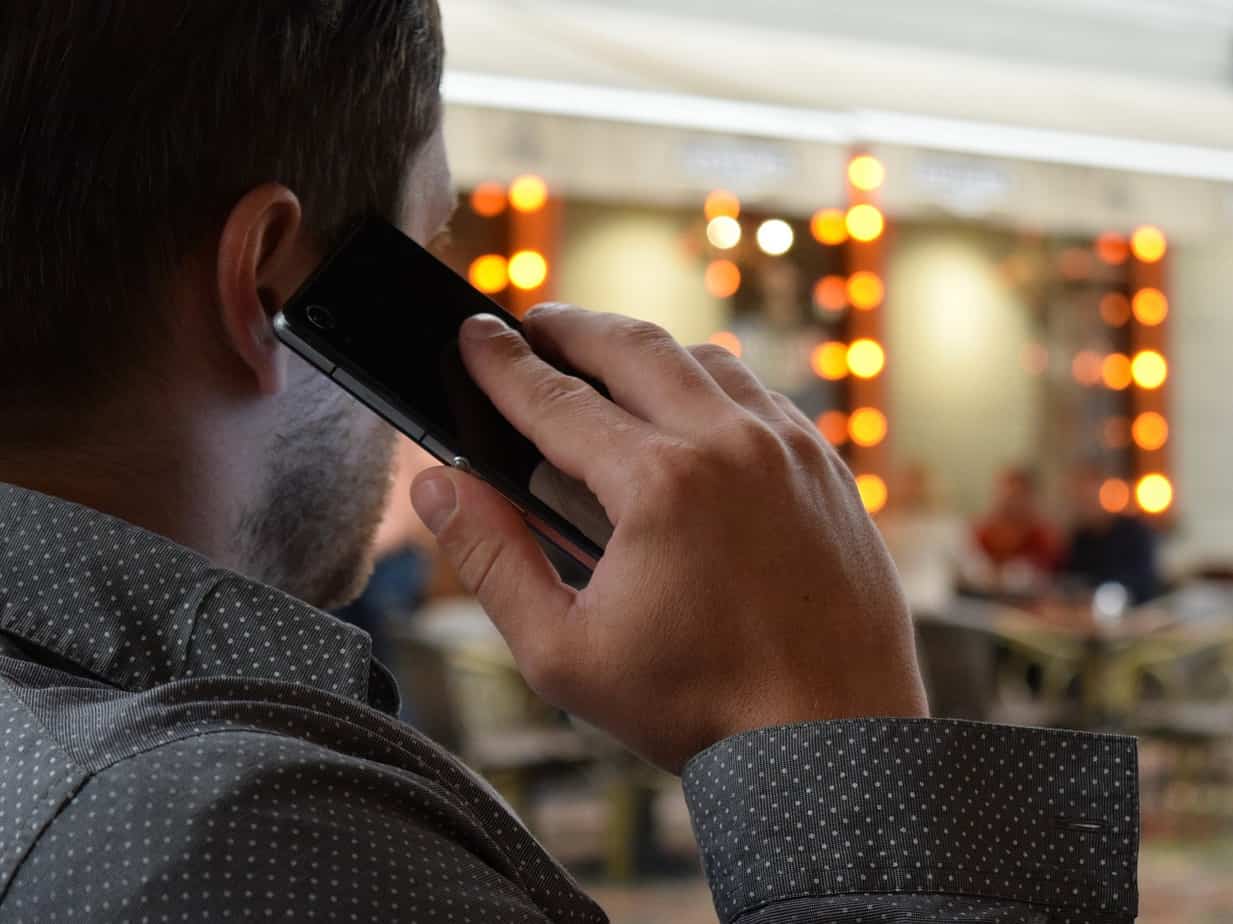It’s amazing how dependent we have become on our cell phones. Yet it’s that very dependency that may be placing our health in jeopardy. Although the jury is still out on exactly how dangerous exposure to cell phones can be for our health, new guidelines from the California Department of Public Health urge caution, warning that “some laboratory experiments and human health studies have suggested the possibility that long-term, high use of cell phones may be linked to certain types of cancer and other health effects.”
How dangerous is your cell phone?
The source of the danger is the electromagnetic radiation (EMR) that is emitted from the phones themselves as they connect with WiFi devices or cell towers. Among the hazards that have been named as being associated with exposure to EMR are headache, dizziness, learning and memory problems, hearing challenges, behavioral changes, altered sleep, brain cancer, tumors of the salivary glands and acoustic nerve, and lower sperm counts.
Yet the evidence is conflicting. In a new study from the American Journal of Epidemiology, for example, a team reviewed data from a 13-country study (2001-2004) that looked at the association between cell phone use and the risks of certain tumors. They concluded “there was little evidence of an increase in the risk of meningioma, acoustic neuroma, or parotid gland tumors.”
At the same time, another study reported an increased risk of glioma (a type of brain cancer) associated with long-term (10 years) cell phone use. The World Health Organization also has chimed in on the topic. A working group of 31 scientists from 14 countries who met at WHO’s International Agency for Research on Cancer concluded that cell phones are in a cancer category similar to chemicals such as DDT and gasoline engine exhaust and “possibly carcinogenic” to people.
One special area of concern is the impact of accumulated exposure over many years on children. We now have a generation of young people who are growing up using cell phones exclusively. The effects of this exposure to EMRs, along with the radiation they receive from other electronic devices on a daily basis, are unknown and potentially deadly.
How to protect yourself from your cell phone
To err on the side of caution, the new study makes the following recommendations on how to protect yourself and your loved ones from cell phone radiation.
- Keep your cell phone away from your body when you are not using it, such as in a backpack, briefcase, or on your desk.
- Do not sleep with your cell phone near your bed. It is ideal to leave it in another room
- Use a headset or speakerphone when making calls
- Do not leave your headset in your ears, as it also emits small amounts of radiation even when not in use
- Limit your cell phone use when the signals are weak, as your phone puts out greater than normal levels of radiofrequency energy during those times
- Limit exposure to downloading or uploading large files or streaming audio or video, as these situations also are associated with higher than normal levels of radiation
- Do not use radiation shields or other devices which claim to block EMR. These products actually can cause your phone to release more radiation in an attempt to stay connected, according to the US Federal Trade Commission
- Text rather than call when possible
References
Federal Trade Commission. FTC offers tips to help consumers avoid cell phone radiation scams. 2011 June 16
McMillan A. Cell phone radiation may be dangerous, California health officials warn. Time 2017 December 18
Momoli F et al. Probabilistic multiple-bias modeling applied to the Canadian data from the Interphone Study of Mobile Phone Use and risk of glioma, meningioma, acoustic neuroma, and parotid gland tumors. American Journal of Epidemiology 2017 Oct 1; 186(7): 885-93
Walsh B. WHO says cell phone radiation is “possibly carcinogenic.” Now what? Time 2011 May 31
Yang M et al. Mobile phone use and glioma risk: a systematic review and meta-analysis. PLoS One 2017 May 4; 12(5): e0175136







